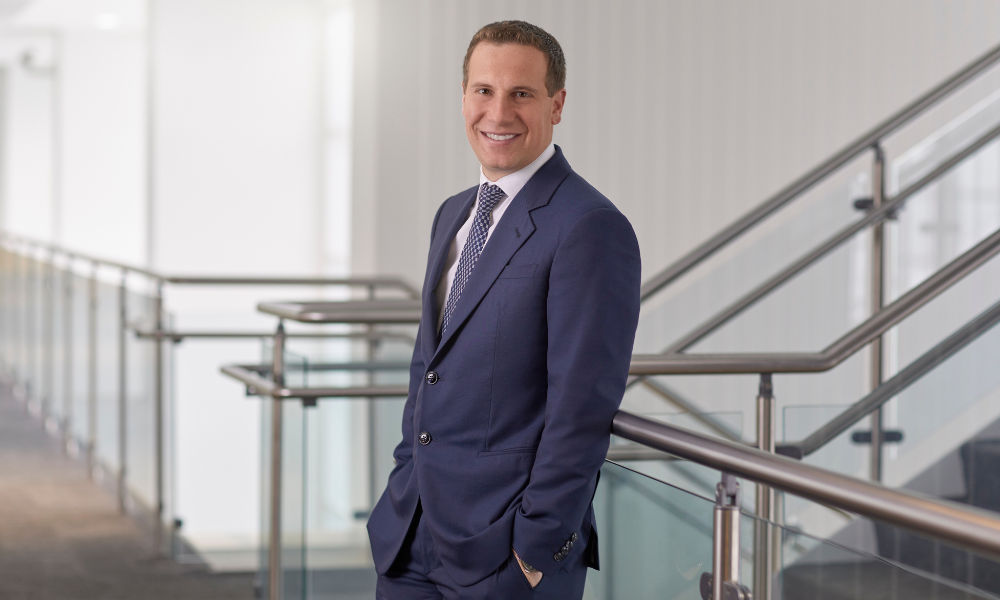Find out where the firm's business model is performing best…

Back in October, UWM Holdings Corp.’s CEO/chairman, Mat Ishbia (pictured), predicted the coming of a new refi boom. On the heels of positive second quarter results for his company, he doubled down on the prediction.
“We know the [refi] boom, whether it’s a long sustained one or a mini refi boom, is going to come soon,” he said during last week’s earnings call. “The opportunities are usually in the first three, six months, maybe nine months, to really make money from a volume and margin perspective, and for it to really grow your business. We are prepared for that now.”
Ishbia first made the prediction publicly in October during a speech at the annual Fuse conference staged by the Association of Independent Mortgage Experts. Speaking to a rapt crowd in Las Vegas, he made clear he’s placing his bets on the refi resurgence.
Doubling down on refi boom prediction
His reinforced view came amid an earnings call last week during which UWM Holdings officials revealed originations of $31.8 billion in Q2, up from $22.3 billion the prior quarter and $29.9 billion the same time last year. Purchases helped drive the majority of that that uptick, accounting for $28 billion of total originations. Net income was $228.8 million, a return to profit after a $138.6 million net loss in the first quarter, as well as adjusted diluted earnings per share of $0.11 and a jump in overall revenue to $587.5 million.
It’s all about scale, he said, unabashedly adopting braggadocios tones in speaking of his firm’s quarterly results: “Scale is the name of the game, and that is why we’ve been winning and we’re going to continue to win going forward,” he told investors. “Our business model succeeds in the up markets and the down markets. This is the ultimate down market, and we’re still winning.”
Even while making predictions of a new refi boom, he acknowledged not knowing when it might emerge: “I can’t wait for the big market to come,” he said. “It’s going to come. I don’t know when, as I said, but we are prepared at UWM and that’s why we are different than anyone else.”
Nevertheless, he acknowledged the challenging market: “It’s been a very difficult mortgage market over the last 18 months.”
In the next breath, he noted again the company’s financial performance, despite the headwinds. “But UWM has demonstrated its strength because of the foundation we’ve built for years and years. We can succeed in all of these markets. While other companies are exiting the market, losing money, shrinking and laying people off, we are the exact opposite. We are profitable, we are hiring, we are investing in technology and planning to continue to grow.”
UWM business model gaining attention
Given its recent balance sheet performance, UWM’s business model – yielding gains despite the softened market – is gaining attention. The Motley Fool, a private financial and investing advice company based in Alexandria, Va., broke down the reasons for the firm’s success while other firms languish.
In doing so, researchers examined the three basic business models used by mortgage companies, the most common being retail, marked by the use of loan officers or technology to find borrowers and assemble loans. The model has the highest margins but investment in technology or loan officer commissions can be sizable, The Motley Fool reported.
Then there’s the correspondent model where the mortgage company buys completed loans from a smaller lender before flipping it into the market – the preferred model of Mr. Cooper, The Motley Fool noted. While companies employing the model can do a lot of business, analysts noted, margins can be thin.
Which brings one to the broker model, the championed template at UWM. Mortgage brokers are treated as free agents who point the borrower to the company offering the best deal, The Motley Fool described. The broker assembles basic documents before sending the partially completed file to the mortgage company to fund the loan, according to the report.
The verdict: The broker model used by UWM performs better in a purchase-driven environment.
Just ask Ishbia, he’ll tell you: “We set another new, all-time quarterly record for purchase volume - $28 billion,” he told shareholders. “We did $28 billion of purchase That’s more business than anybody else did business altogether, and we are on pace for an all-time record purchase year here at UWM.”
It’s impossible to predict the future. But for now, it appears to be advantage UWM.
Want to make your inbox flourish with mortgage-focused news content? Get exclusive interviews, breaking news, industry events in your inbox, and always be the first to know by subscribing to our FREE daily newsletter.



